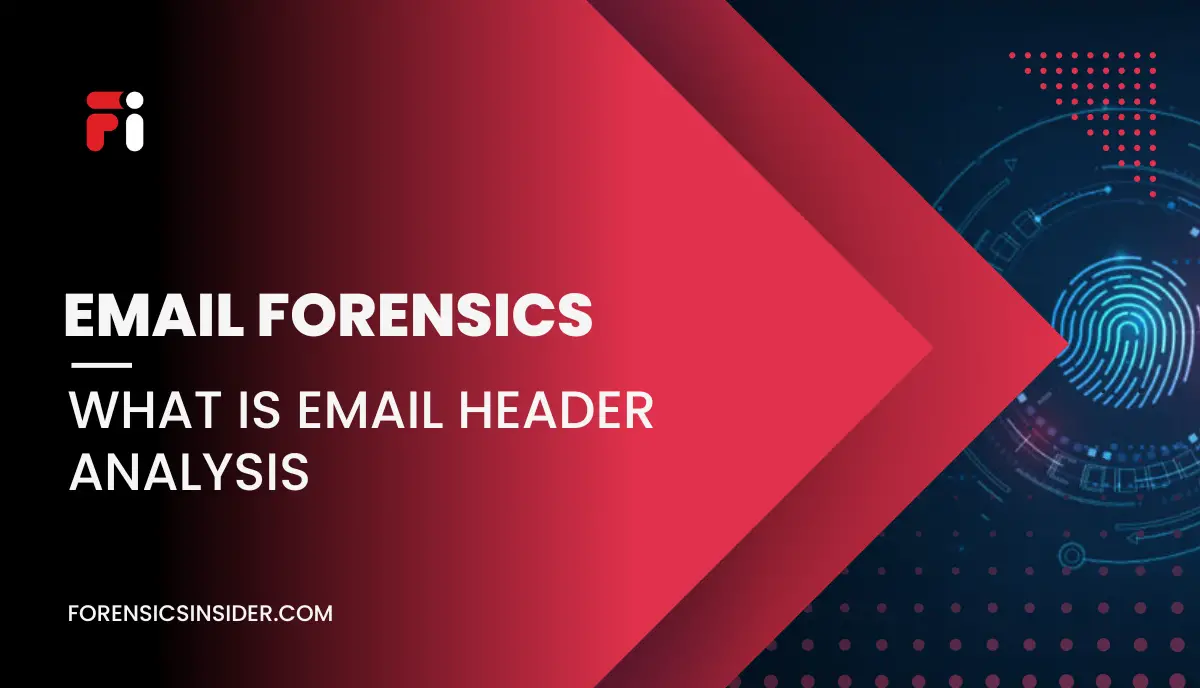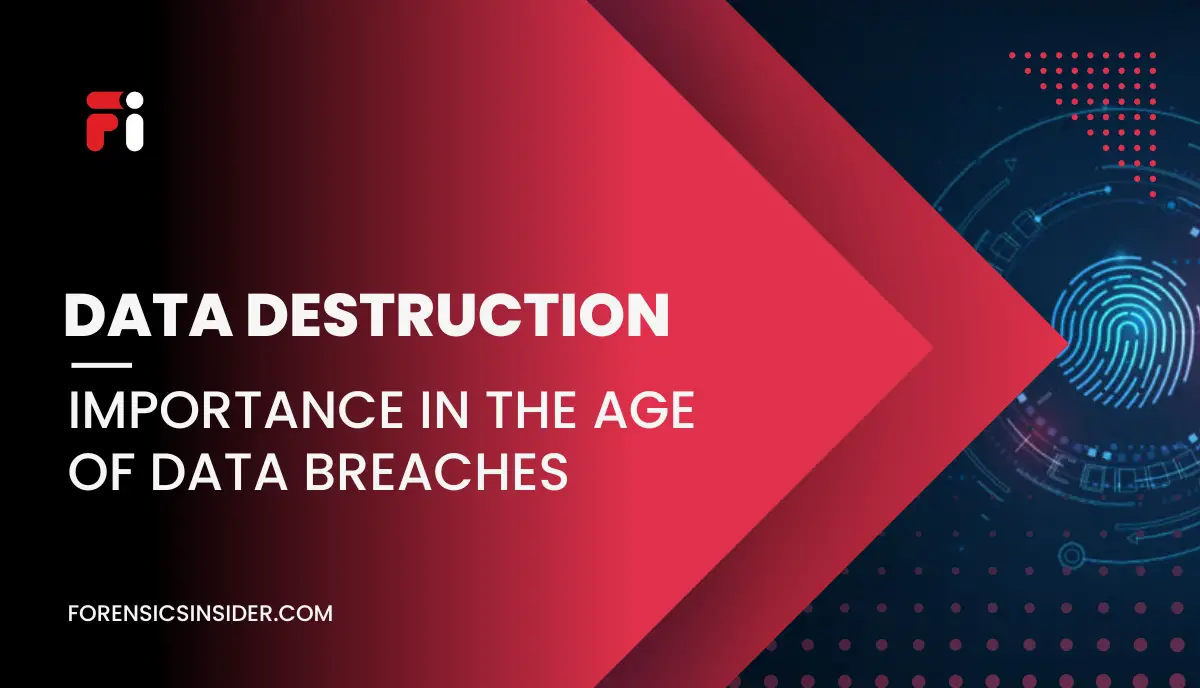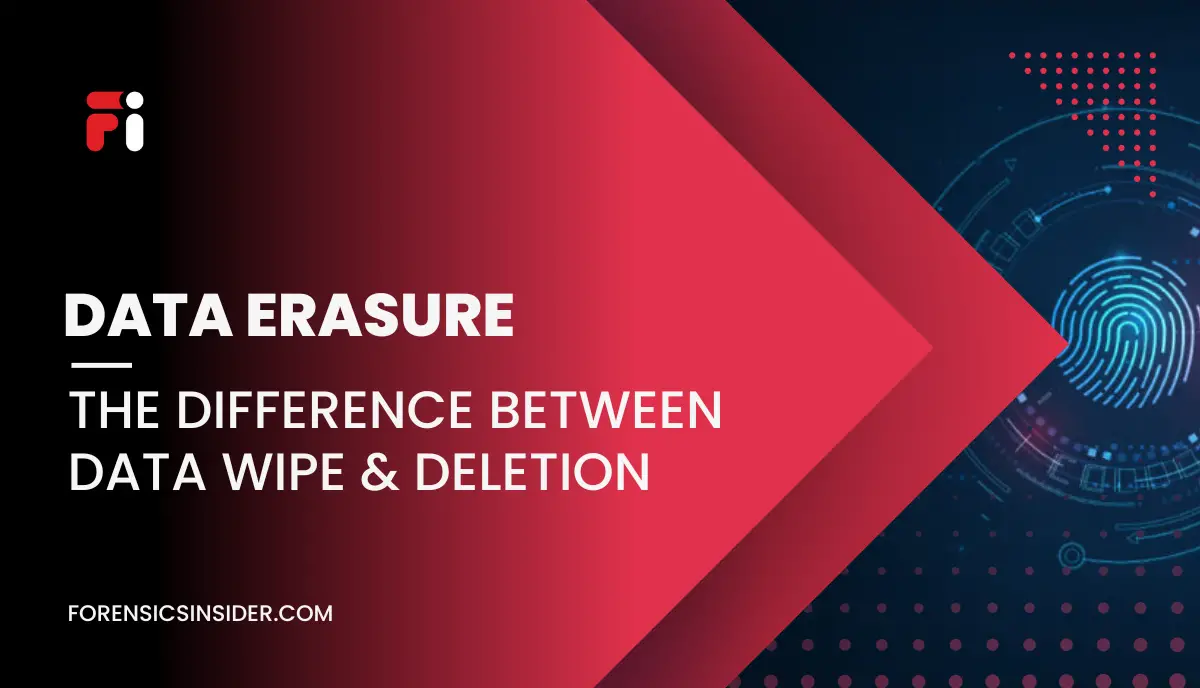In the dynamic landscape of cybersecurity and digital communication, understanding the intricacies of email header analysis is paramount. As we navigate the ever-evolving realm of online interactions, the role of email forensics header analysis emerges as a crucial aspect of safeguarding our digital communication channels. In this article, we delve into the significance of mail header analysis, shedding light on its pivotal role in enhancing cybersecurity measures and ensuring the integrity of our messages.
Email header analysis serves as the frontline defense against cyber threats, allowing individuals and organizations to scrutinize the hidden details within the digital envelopes of their emails. It is not merely a technical process reserved for IT experts but a fundamental skill that empowers every user to discern the authenticity of their digital correspondence.
What is Email Header Analysis?
Email header analysis involves scrutinizing the hidden details within an email’s digital envelope. The process unveils crucial information such as sender and recipient details, server routing, timestamps, and more. By understanding the basics of email header analysis, individuals and organizations can strengthen their cybersecurity posture, detect phishing attempts, and thwart potential cyber threats.
Forensic investigation in the context of email extends beyond routine analysis. It encompasses a systematic examination of digital evidence to uncover the who, what, when, where, and how of email-related incidents. Forensic experts employ specialized email forensics tools and methodologies to trace digital trails, authenticate evidence, and reconstruct the sequence of events, contributing to the resolution of cybersecurity incidents and legal proceedings.
The Basics of Email Header Analysis
Email headers, often overlooked in the digital communication landscape, play a pivotal role in ensuring the integrity and security of our messages. These digital envelopes contain a wealth of information that goes beyond the visible content of an email. Email header analysis involves decoding this hidden layer to gain insights into the origin, route, and authenticity of the message.
The importance of email header analysis becomes particularly evident in the realm of cybersecurity. By scrutinizing email headers, users can identify potential phishing attempts and malicious activities. This analytical process acts as a formidable defense, allowing individuals and organizations to stay one step ahead of cyber threats. In essence, email header observation serves as a guardian, protecting users from falling victim to deceptive practices and bolstering overall email security.
How Email Header Analysis and Forensic Investigation Work Together?
In synergy, email header analysis and digital forensics investigation form a powerful duo. Email analysis acts as the initial step, providing immediate insights into potential threats. When an incident requires a deeper examination, forensic investigation steps in to conduct a comprehensive analysis of the digital evidence, piecing together a detailed narrative of the event.
In essence, email header analysis and forensic investigation are indispensable tools for those navigating the complex landscape of cybersecurity. Understanding the nuances of these practices equips individuals and organizations to safeguard against cyber threats, detect anomalies, and ensure the trustworthiness of digital communication. Whether you’re a cybersecurity professional or an everyday user, embracing these practices empowers you to navigate the digital realm with confidence and resilience.
Anatomy of an Email Header
To truly grasp the power of email header analysis, it’s essential to dissect the components that make up these digital envelopes. Let’s delve into the anatomy of an email header, unraveling the intricate details that often go unnoticed:
- Return Path: This component indicates where the email will bounce back if undelivered. It serves as a crucial piece in tracing the email’s route.
- Received: A series of “Received” fields chronologically list the servers through which the email passed. Analyzing this sequence provides insights into the email’s journey.
- From: Specifies the sender’s email address, though it’s important to note that this can be manipulated in phishing attempts.
- To: Indicates the recipient’s email address, offering transparency about the intended target.
- Subject: While visible in the main body of the email, the subject line is also present in the header, giving a snapshot of the email’s content.
- Date: Reflects the timestamp of when the email was sent, aiding in establishing its timeline.
Emphasizing the relevance of each of these components in the analysis process is crucial. For instance, anomalies in the “Received” fields might indicate potential security threats, and discrepancies in the “From” address could signal phishing attempts.
To make these concepts more tangible, let’s explore a real-life example: Consider an email claiming to be from a reputable institution but originating from an unusual server. Email header research could unveil this inconsistency, alerting the recipient to exercise caution.
By comprehending the intricate details of an email header and recognizing their significance, users can wield the power of email header data analysis as a potent tool in fortifying their cybersecurity defenses.
Practical Steps for Email Header Analysis
Now that we’ve established the importance of email header analysis, let’s dive into a practical, step-by-step guide to empower you with the skills needed to conduct thorough analyses. Whether you’re an IT professional or an everyday user, these steps will demystify the process and enhance your ability to discern the authenticity of your digital communication.
- Step 1: Accessing the Email Header
Begin by opening the email in question. Most email providers offer an option to view the full email header. For instance, in Gmail, click on the three dots in the upper-right corner of the email and select “Show original.”
- Step 2: Understanding the “Received” Fields
Focus on the “Received” fields, which detail the servers the email passed through. Analyze the sequence to trace the email’s route. Any unexpected or suspicious servers could be indicative of malicious intent.
- Step 3: Examining the “From” Address
Scrutinize the “From” address for anomalies. Verify its legitimacy, especially if the email claims to be from a reputable source. Phishing attempts often manipulate this field to deceive recipients.
- Step 4: Verifying the “Return Path”
Ensure the “Return Path” aligns with the sender’s domain. A mismatch could signify a potential threat. Legitimate emails typically have a coherent return path, while phishing attempts may display irregularities.
- Step 5: Cross-Checking the “To” Address
Confirm that the “To” address aligns with your email. Unexpected recipients could be an indication of a misdirected or malicious email.
- Step 6: Investigating Timestamps and Dates
Analyze the timestamp and date to validate the email’s timeline. Sudden or unexpected delays in the delivery timeline may warrant further investigation.
Practical Tips for Effective Analysis
- Use Online Email Header Analyzers: Leverage online tools that automatically dissect and analyze email headers. These tools often provide visual representations, making it easier to identify discrepancies.
- Stay Informed About Common Threats: Keep abreast of common phishing techniques and email scams. Awareness of prevalent threats enhances your ability to recognize potential risks.
- Verify URLs and Hyperlinks: Hover over URLs in the email to preview the destination. Be cautious of shortened links, and verify the legitimacy of any hyperlinks present.
- Trust Your Instincts: If something feels off or unexpected, trust your instincts. Don’t hesitate to verify the legitimacy of an email with the supposed sender through a separate, trusted channel.
By following these steps and incorporating practical tips, you’ll be equipped to perform effective email analysis. Strengthen your cybersecurity defenses and foster a secure digital communication environment by mastering the art of decoding email headers.
Frequently Asked Questions About Email Header Analysis
Email header analysis plays a pivotal role in cybersecurity by providing insights into the authenticity and integrity of digital communication. By scrutinizing the details within email headers, users can identify potential threats, track the journey of an email, and verify the legitimacy of the sender. This process acts as a frontline defense against cyber attacks, helping users safeguard their sensitive information and ensuring a secure digital communication environment.
Absolutely. Email header analysis is a potent tool in detecting phishing attempts. It allows users to examine key components such as the “From” address and the routing path of an email. Phishers often manipulate these elements to deceive recipients. By carefully analyzing email headers, users can uncover discrepancies and warning signs that indicate a phishing attempt, thus empowering them to avoid falling victim to fraudulent schemes.
Email headers contain a wealth of information that goes beyond the visible content of an email. Key details include the sender’s address (“From”), recipient’s address (“To”), timestamp, server routing information, and the email’s subject. Analyzing these components provides insights into the email’s origin, journey, and potential security threats.
No, email header analysis is beneficial for both IT professionals and general users. While IT professionals may delve into more technical aspects, everyday users can use basic email header analysis to enhance their cybersecurity. Understanding the fundamentals of email analysis empowers all users to identify phishing attempts, verify the legitimacy of emails, and contribute to a safer online environment.
The frequency of email header analysis depends on your mail usage and the sensitivity of your communication. For general users, performing occasional checks, especially when receiving emails from unknown or unexpected sources, is advisable. IT professionals dealing with sensitive information may conduct more frequent analyses as a proactive security measure. Regular awareness and a vigilant approach contribute to optimal security in the digital realm.
Conclusion
Unlocking the mysteries of email header analysis empowers you to enhance cybersecurity and secure your digital communication. Key takeaways include recognizing the power of knowledge in deciphering email headers, utilizing analysis as a guardian against cyber threats, and understanding that email header analysis is accessible to all users.
As you conclude reading, take the proactive step of incorporating email header analysis into your routine. By doing so, you contribute to creating a more secure online environment. Your commitment to understanding and leveraging email analysis serves as a formidable tool in navigating the evolving landscape of digital communication. Stay informed, stay vigilant, and may the insights shared here fortify your email security effectively.




